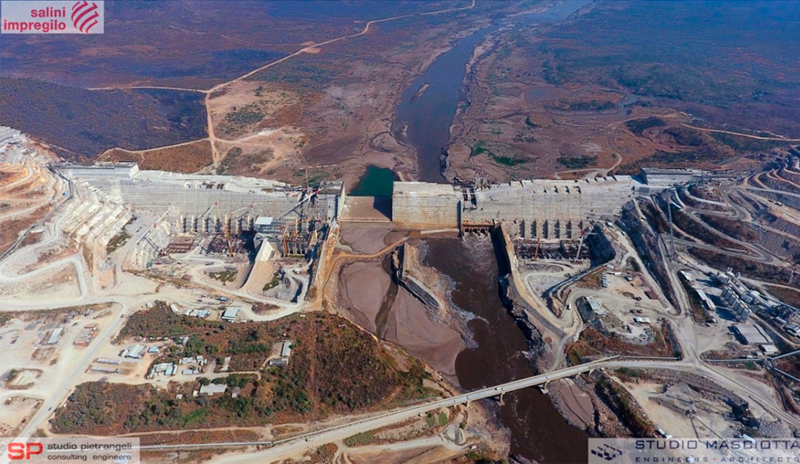Abstract
The Grand Ethiopian Renaissance Dam (GERD) is situated along the Blue Nile River. Located 500 km north west of the Ethiopian capital Addis Abeba, in the Benishangul-Gumaz region, the GERD will be the largest plant in Africa, representing an annual energy production capacity of 15.7 terrwatt hours and 6,140 MW of installed power. It represents an important project in the Ethiopian government’s commitment to the country’s future power needs and as such, its safety and security is paramount. In this technical case study, the engineers explain how they systematically and rationally applied the Demand-Capacity Ratio / Cumulative Inelastic Duration (DCR/CID) methodology, based on the US Army Corps of Engineers Code EM1110-2-6051, to estimate the behavior of the concrete structures under seismic loads, using a time-history analysis.
This approach can be used both to evaluate the safety of new or existing structures and to optimize construction costs during the design phase of a new dam. The case study also explains how they minimised the time necessary to complete the number of analyses required to ascertain the stability of the dam under extreme earthquake loads and how this was integrated into the design and cost planning phase.
Read the article


